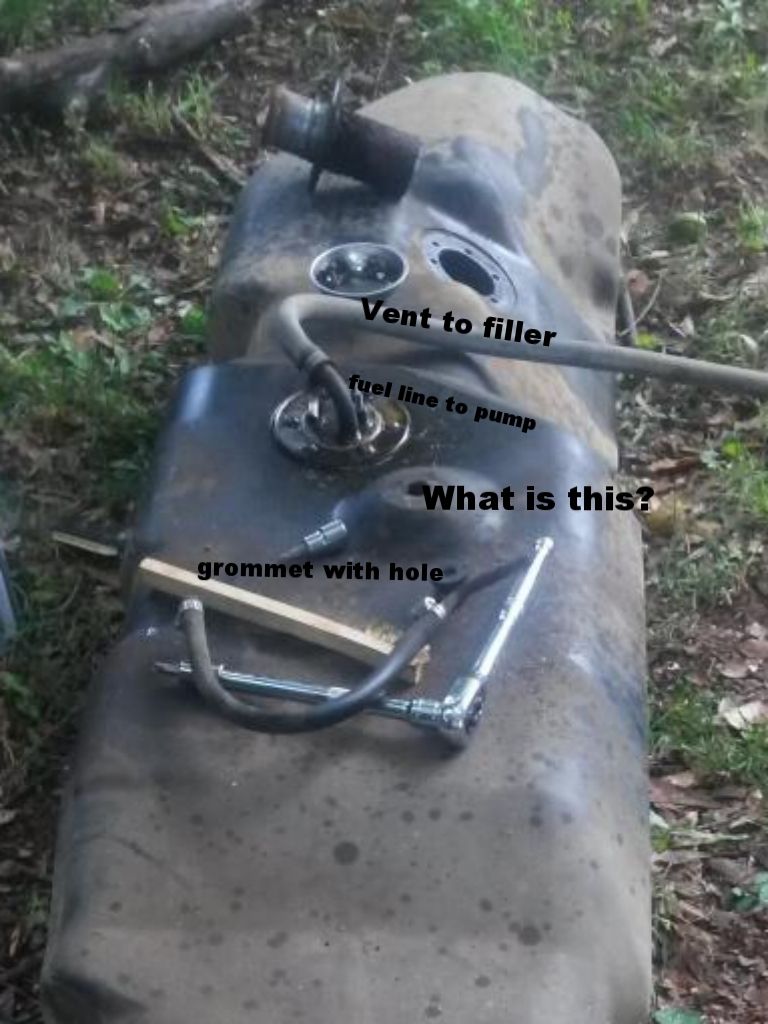Update:
I had my daily driver go down last fall and it was stuck in my workshop until a few weeks ago, so work on the Southbounder has finally begun in earnest. I cranked it up yesterday and drove it into the workshop - the brakes are seized and I'm working on getting them unstuck so that I can easily roll the truck around in the workshop. Reinstalling the gas tank this weekend as well.
I beat the front disc brakes off and compressed the pistons - they appear to be fine now. The rear brakes are a bit more difficult so far. I haven't been able to disassemble the drums. I'm trying to follow directions in the manual to "press the adjustment lever" while turning the star gear to loosen the shoes, but no luck so far. Any advice is appreciated!
I'm going to do some searching on the forums to figure out how to get these drums off, but wanted to give an update first. After a long wait, this project is finally off the ground and I'm hoping to be driving around within a few weeks.
Thanks for bearing with me, y'all!
I had my daily driver go down last fall and it was stuck in my workshop until a few weeks ago, so work on the Southbounder has finally begun in earnest. I cranked it up yesterday and drove it into the workshop - the brakes are seized and I'm working on getting them unstuck so that I can easily roll the truck around in the workshop. Reinstalling the gas tank this weekend as well.
I beat the front disc brakes off and compressed the pistons - they appear to be fine now. The rear brakes are a bit more difficult so far. I haven't been able to disassemble the drums. I'm trying to follow directions in the manual to "press the adjustment lever" while turning the star gear to loosen the shoes, but no luck so far. Any advice is appreciated!
I'm going to do some searching on the forums to figure out how to get these drums off, but wanted to give an update first. After a long wait, this project is finally off the ground and I'm hoping to be driving around within a few weeks.
Thanks for bearing with me, y'all!






Comment